Every time I’ve flown into Yangon International Airport, the chances that a new terminal, a new parking lot, or a new KFC has opened since my last visit are high. A taxi ride from the airport to downtown will probably take me twice as long as it did the last visit, too
Traffic is part of the price that Myanmar’s largest city is paying to catch up with the rest of the world. After locking itself away under military junta rule for half of the 20th century and part of the 21st, Myanmar is now an investment frontier, and companies from Japan to the United States are eager to get in on the action. With cranes dotting its downtown skyline, the city is being rebuilt seemingly overnight.
What does any of this have to do with food? Thankfully, nothing.
Food in Myanmar has been stubbornly, happily resistant to change. While part of this is economics—foreign food is pricey—much of it is pride: Traditional Burmese food already offers so much variety.
It’s food that brought me to the country in the first place. I was writing the Burma Superstar cookbook with Desmond Tan, the owner of a small chain of San Francisco Bay Area restaurants of the same name. People often compare Burmese food to Thai, but on my first trip and subsequent ones, I found that the dishes were less spicy and had deeper savory flavors. They could also be sour and occasionally in-your-face funky. Brightening it up was tamarind water, lime juice, green mangoes, and herbs. What truly stood out, though, was texture: from crushed peanuts to fried yellow split peas to soft tofu made with chickpea flour, each meal was a study in contrasts.
Still, Burmese food often feels familiar, and that’s because it’s melting-pot food. The country formerly called Burma holds a strategic geopolitical position between India to the west and China to the east, acting as a crossroads between one side of Asia and the other. Centuries of war, peace, and immigration have left Myanmar decidedly diverse. Today the government officially recognizes 135 ethnic groups, although many more go unrecognized (most notably the Rohingya, a Muslim minority group who are at the center of a devastating humanitarian crisis).
So what is Burmese food? The imperfect answer is that it’s a mix between familiar-feeling cultural mashups and regional dishes rarely seen outside the country. It’s a contrast between simple curries and complex salads, weak green tea served like water to start a meal and sweet, strong black tea to jolt you back to life at the end of it. It’s underrated, and it overdelivers. These five dishes offer a taste.
Mohinga
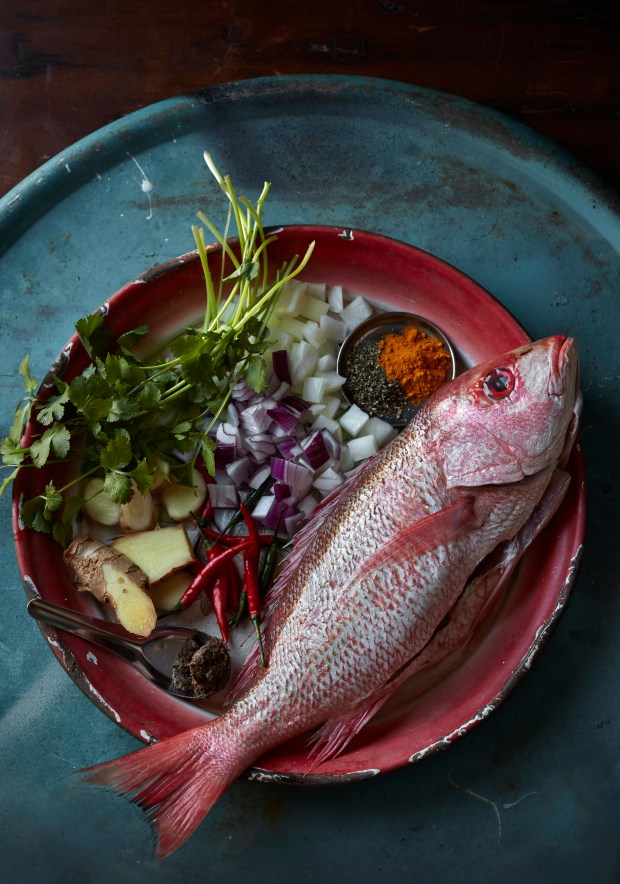
In many ways, mohinga‘s popularity in Myanmar resembles the devotion shown to pho in Vietnam. This noodle soup is so beloved that many call it the national dish of Myanmar, and every region has its own way of making it. It’s traditionally a breakfast food, though these days it’s served around the clock. But unlike pho, mohinga is rarely seen abroad, a fact that is probably owing to translation issues. English descriptions often render it as “catfish noodle chowder,” and nothing sounds appealing about catfish noodle chowder.
But mohinga is so much more than the sum of its parts. The catfish is the base of a rich fish broth fortified with lemongrass, shallots, black pepper, and turmeric. To make the broth richer, cooks remove the fish from the pot, strip the flesh from the bones, and return the bones to the pot to simmer a bit longer. The wealthier you are, the more fish you put in the pot. They then thicken the broth with ground rice or toasted chickpea flour, return the cooked fish to the pot, and ladle it all over rice noodles. The resulting effect is a fresh-tasting fish soup—rich enough to fill you up but not weigh you down.
The best part about mohinga is customizing it with toppings, ranging from chickpea fritters to lime juice, cilantro, and sliced hard-boiled egg. Yes, you can even put an egg on it and still no one’s heard of mohinga.
Shan noodles
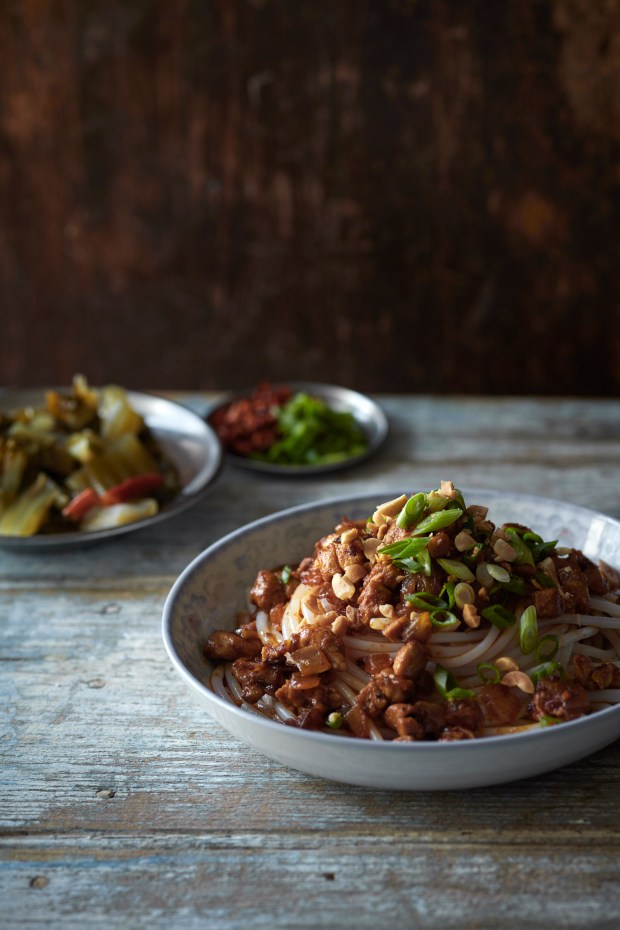
We were the only table seated in the restaurant, so most of the staff was glued to a daytime soap. We couldn’t follow the plot, but we couldn’t look away: Did she really stab him? Are they really showing the stab wound up close?
Distractions aside, we were there to eat Shan noodles. Nelson Rweel, a tea farmer and entrepreneur who runs a chain of English-language schools, had brought us to his favorite Shan noodle spot in Mandalay. Shan State, where Rweel’s family comes from, shares a border with China and Thailand, and the state’s proximity to China is evident in its choice of utensils. While you eat most meals in Myanmar with a spoon and fork, Shan noodles are eaten with chopsticks.
When ordering Shan noodles, you have two choices: in a light broth with thin slices of meat, often pork; or dry and topped with minced pork or chicken, seasoned with five-spice powder, scallions, and crushed peanuts or sesame seeds. Rweel prefers the brothy version. Pickled Chinese mustard greens are the de facto condiment for both; their acidity brings the noodles to life
Salads
The two things you need to forget about when it comes to Burmese salads are lettuce and salad dressing.
Shredded cabbage, vegetables, or noodles make up the base in place of lettuce. The dressing is built into the salad, with its sour flavors coming from green mango, tamarind water, or lime and its oil from what was left after frying garlic or shallots. As for the rest, anything goes. This category could easily be renamed “foods mixed together and served at room temperature,” because that is essentially what salads are in Myanmar—a smart way to make the most of leftovers and limited kitchen space.
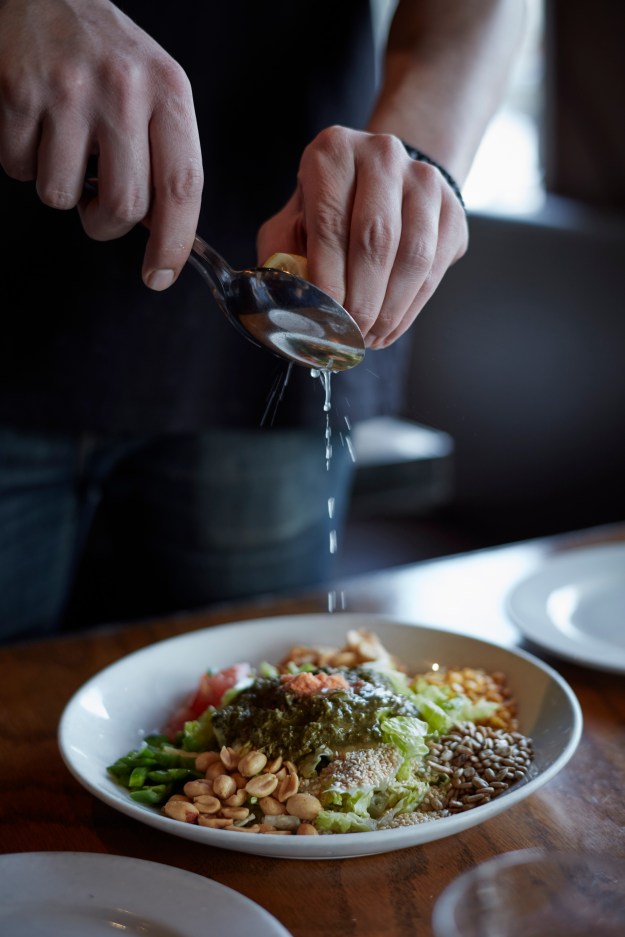
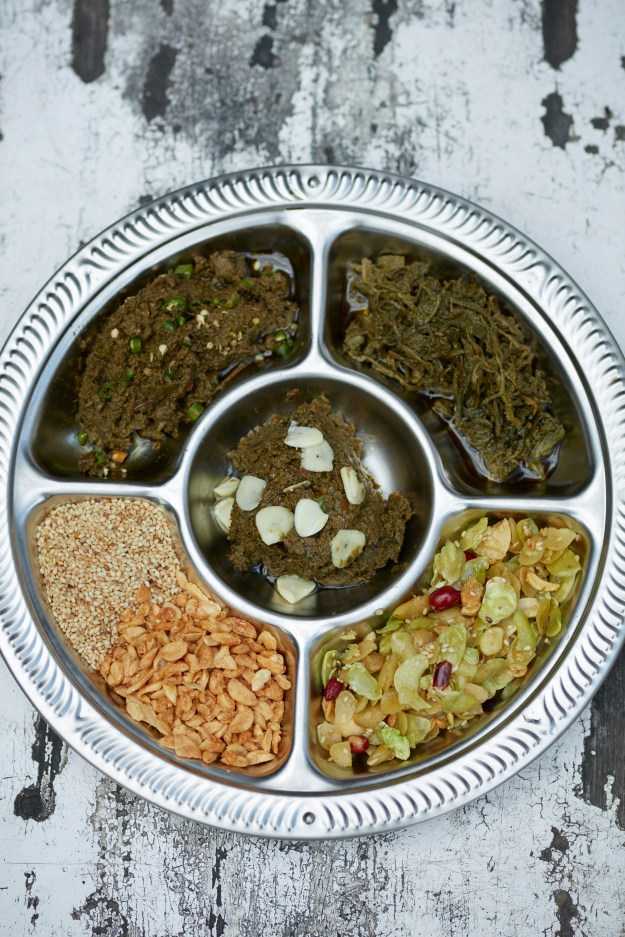
Samosas become salads by snipping them into pieces with scissors and mixing them with cabbage and tamarind water. Tamarind leaves become a salad when mixed with lime juice and crushed peanuts or sesame seeds. The way it all works is you mix all the ingredients thoroughly by hand—and in fact, the loose translation of salad in Burmese is “mixed by hand.”
The most famous salad of all is laphet thoke, fermented tea-leaf salad. To make it, tea leaves are picked and then fermented underground for a few months or longer, depending on how fast they sell. On their own, the fermented tea is astringent, but it’s mellowed when seasoned with garlic and ginger and blended with oil. The rest of the salad is a collection of crunch, from shredded cabbage to fried garlic, fried split peas, toasted sesame seeds, minced chilies, and tomato. Like mohinga, the whole is greater than the sum of its parts.
Curries
Lacking the soaring capsaicin levels of some Southeast Asian curries, these dishes fall into the category of comfort food.
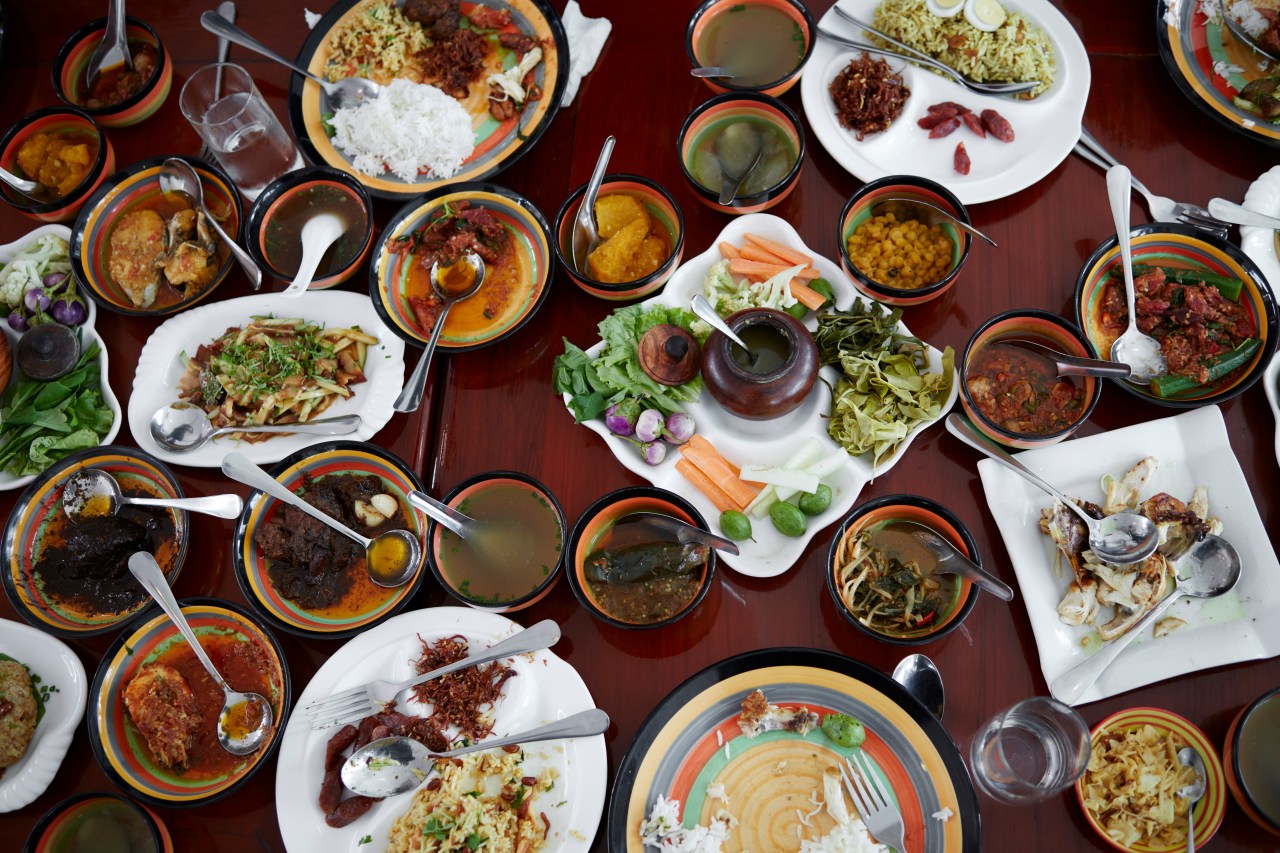
Burmese curries used to get a bad rap for being oily one-note dishes. There was a practical reason for this, though: since refrigeration was scarce, a curry needed to be made with enough oil so that when it cooled, the oil would rise to the surface, sealing the pot off from the air and protecting it from flies.
Today, some cooks in Myanmar are toning down the amount of oil, but these curries are still rich meals. They are seasoned modestly with turmeric and ground chilies and served with rice. Beef is rare, but pork, chicken, fish, and prawns offer more than enough variety. Some have tomatoes, some are cooked until nearly dry, and some are filled with potato or dal for added substance.
No matter the style, the best curries are balanced with something sour, like tamarind water for fish curries and pickled green mango for pork curries; and they’re always served alongside plates of salads and vegetables. The goal is to dress up your plate of rice, not eat a bowl of curry.
Platha
You’ll find platha at Burmese tea houses, which are some of the most popular eating spots in the country. Other than the tea you eat in salads, the majority of tea served in Myanmar is a mild green tea served free at the table or a strong, toffeelike black tea lightened with condensed and evaporated milk. A tea shop’s reputation is built on how well the tea maker customizes the ratio of condensed to evaporated milk, from very sweet to not sweet at all.
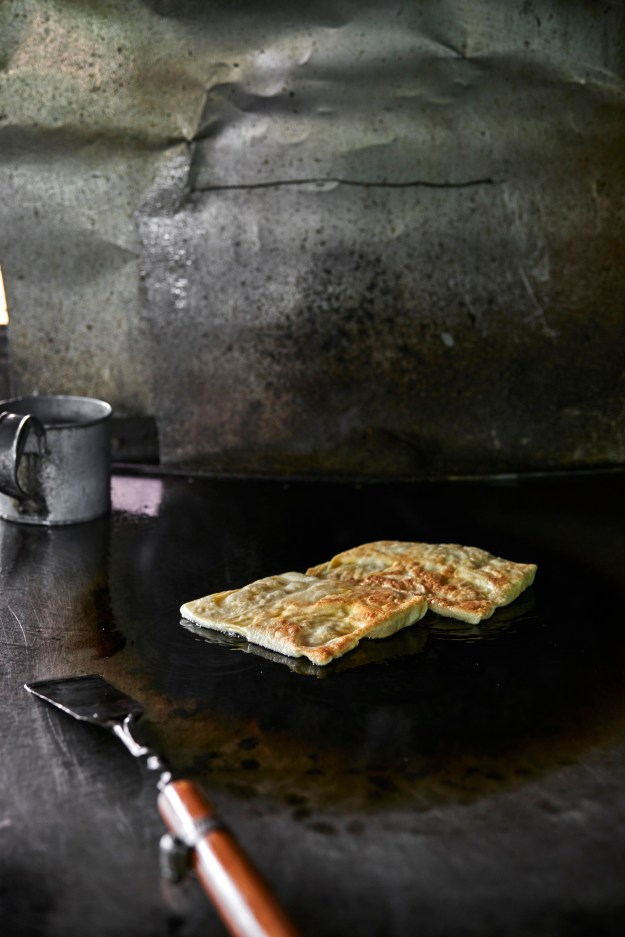
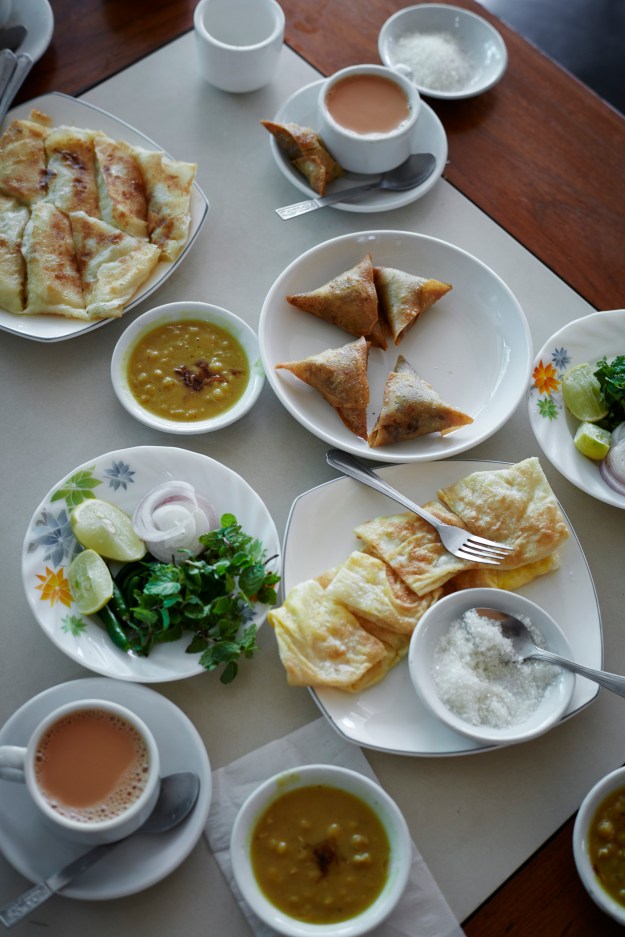
As rents in Yangon and Mandalay continue to rise, open-air tea shops are turning themselves into all-day restaurants, serving fried samosas, mohinga, tea-leaf salad, and the aforementioned platha, a buttery griddled flatbread, similar to roti. It’s one of the most addictive carbs in the country. Watching the platha makers stretch out the dough into paper-thin sheets is part of the experience.
Some platha are served simply with coarse sugar sprinkled over the top. Others contain a mashed banana. Still others are served with a savory sauce for dipping. It’s always best when served with a cup of sweet, strong Myanmar black tea.